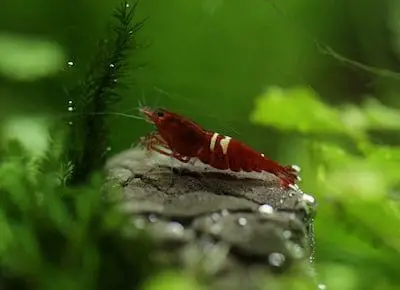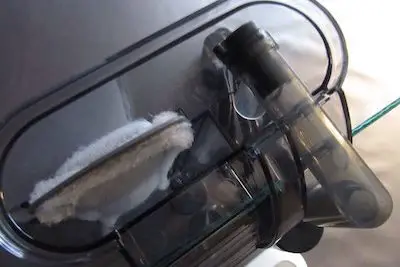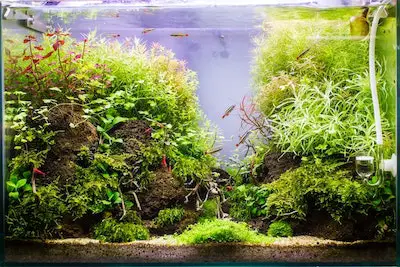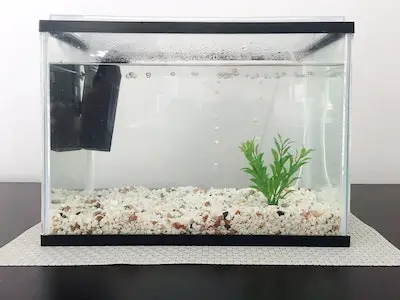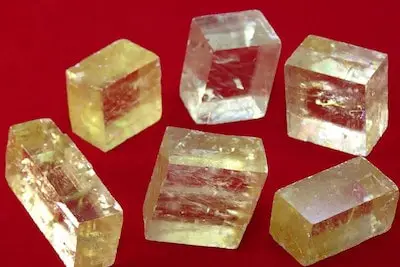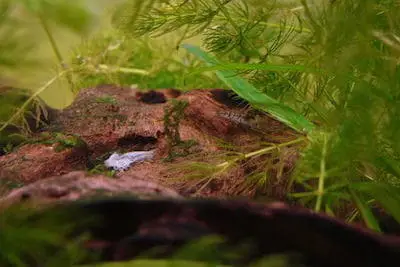Should I Remove Dead Shrimp From My Tank? (Answered!)
When a shrimp dies in a tank, it’s not uncommon for other shrimp to eat it. So while some argue that it’s okay to leave it there, others claim that it could lead to an ammonia spike.
So, should you remove dead shrimp from your tank? In this guide, I’ll explain what you should do when your shrimp die. I’ll also cover the most common causes of your shrimps’ death and what you can do to prevent it.
Contents
What Should I Do When My Shrimp Dies?
Before we go into the details about what you should do when your shrimp dies, let’s first talk about how to establish if it’s dead.
Contrary to what some people may think, when a shrimp dies, it doesn’t instantly float to the water’s surface like a fish. Instead, it usually remains at the bottom of the aquarium until it starts decomposing. Only then do the bodies float to the surface.
Furthermore, if you see other shrimp around the dead shrimp, it means that they’re eating it. While it may divide opinion, some shrimp owners won’t remove the dead shrimp from the tank. Instead, they’ll allow other shrimps to feed on it.
It’s not uncommon for shrimp to eat other shrimp. After all, they are omnivores. In other words, they’ll eat anything you place or throw inside their tank.
While it technically isn’t harmful to let your shrimp eat the decomposed shrimp, be careful not to leave it in the tank for too long. If you do, it could lead to an ammonia spike and kill all your other shrimp.
Therefore, you should under no circumstances leave the dead shrimp in the tank for a long period.
Why Did My Shrimp Die?
There might be several reasons why your shrimp died. They are sensitive creatures and don’t respond well to drastic changes in temperature, water parameters, or even food.
Here are some of the most common factors that can influence a shrimp’s death.
Parameter Swings
First, drastic changes in water parameters can cause death among shrimp. Water parameters include the temperature of the water, pH levels, water type, GH levels, KH levels, and TDS levels.
To make sure there are no parameter swings in your tank, buy a TDS meter and a test kit. Test kits are used to check the levels of ammonia, nitrite, and nitrate in your aquarium.
If you use these tools weekly and adjust your tank water accordingly, you won’t need to worry about parameter swings.
Uncycled Tanks
You’re supposed to cycle your tank for about six weeks before adding your shrimp to it. After that, you should be doing water changes at least once every two weeks.
If your tank isn’t cycled properly, it may lead to ammonia spikes that could kill your shrimps very quickly.
Not only can an increase in ammonia be the result of uncycled tanks, but it can also happen if you use active substrates for your tank.
Predators
It’s important not to place your shrimp in the same tank as fish. It doesn’t matter what type of fish; these two species are incompatible.
Keep in mind that there shouldn’t be too many male shrimp either. If there are too many males and not enough females, this could result in the death of both sexes. So if you see that your female shrimp are dying, then you’ll know why.
Issues With Molting
In case you didn’t know, a shrimp will molt a couple of times throughout its life. In other words, they shed their skin, and until it grows back, they usually hide somewhere because they feel vulnerable.
So it’s not uncommon for shrimp owners to confuse dead shrimp with their exoskeletons.
When they’re young, they tend to molt more frequently. If they don’t do it enough, it could be a sign of iodine insufficiency. If they don’t survive the molting process, this could also mean that you should change their diet.
Also, if you change the water too often, this will cause the shrimp to molt prematurely or even not at all.
Finally, if your shrimp feel vulnerable and don’t have anywhere to hide, they’re much more sensitive, and the slightest issue could be fatal.
Pests
It’s always a good idea to check whether there are any pests in your tank. The most common types include planaria, hydra, scuds, and dragonfly nymphs, and they usually come from aquatic plants that can be purchased in pet stores.
Though they may seem harmless, all of these pests can seriously injure or even kill your shrimp. But luckily, there’s an easy solution.
Before you place your aquatic plant into the tank, you can dip it in a bleach solution. Just keep in mind that the ratio needs to be 19:1 (water to bleach) because too high a concentration of bleach can kill the plant.
Also, be sure to rinse it with Prime Water Conditioner.
Unhealthy Diet
Just as not feeding your shrimp enough could result in its death, so can overfeeding it.
It’s generally advised to feed shrimp once a day. They should also have a consistent, healthy, and balanced diet that comprises both nutrients and minerals.
It’s also vital that your shrimp get a sufficient amount of biofilm, which grows on moss, plants, and any other surface inside the tank.
Toxins
Last but not least, toxins are the most dangerous out of all of these factors. Therefore, it’s vital to have a high-quality filter to keep your tank clean while providing a safe and healthy environment for your shrimp.
Aside from an ammonia spike, one of the deadliest toxins is copper. So if you’re using fertilizer, make sure it doesn’t contain any copper.
In Summary
Hopefully this article answered your question of if you should remove dead shrimp from your tank.
There could be a lot of reasons why your shrimp may have died. What you do after its death is up to you, but as long as you keep your tank clean, change the water consistently, and provide them with a safe environment, they should live a long, happy life.

